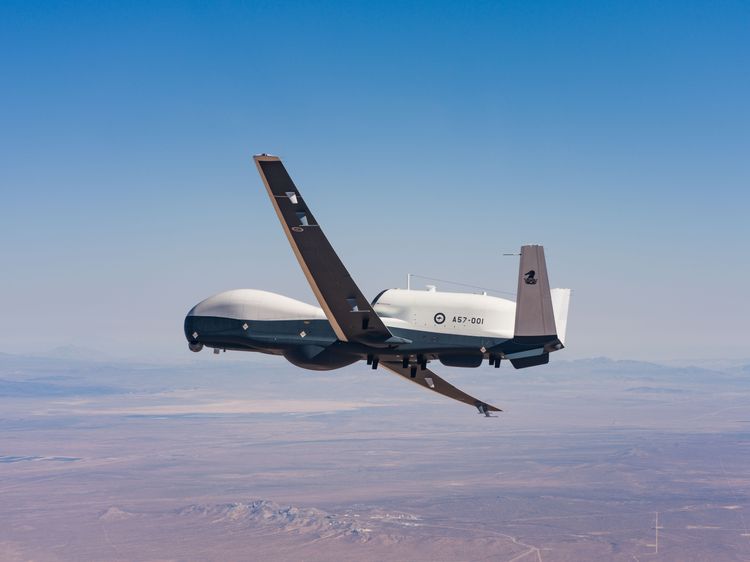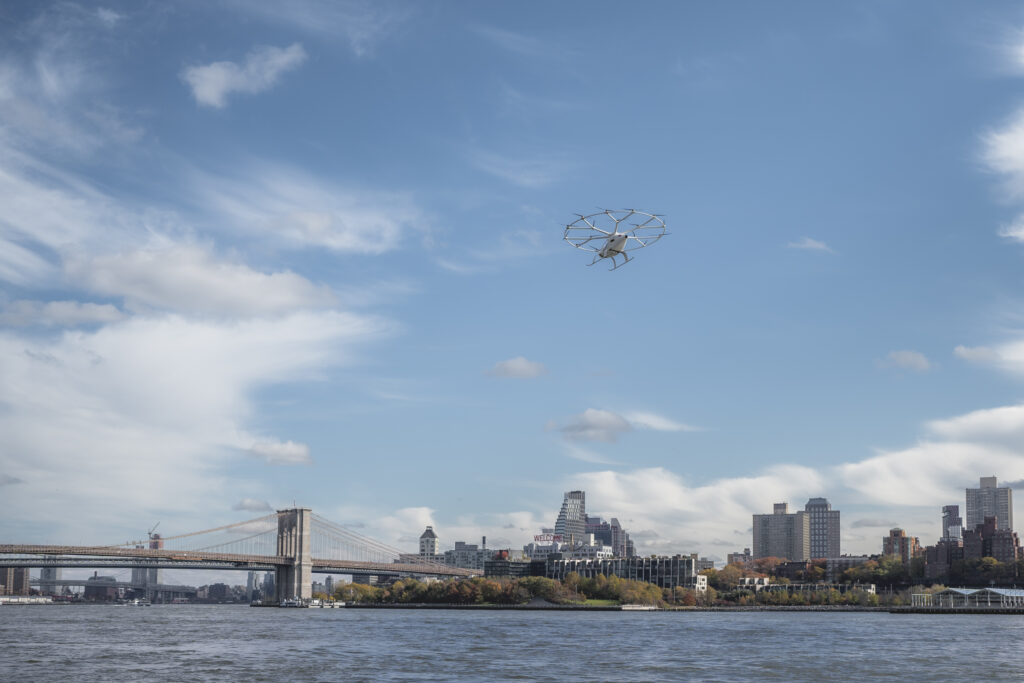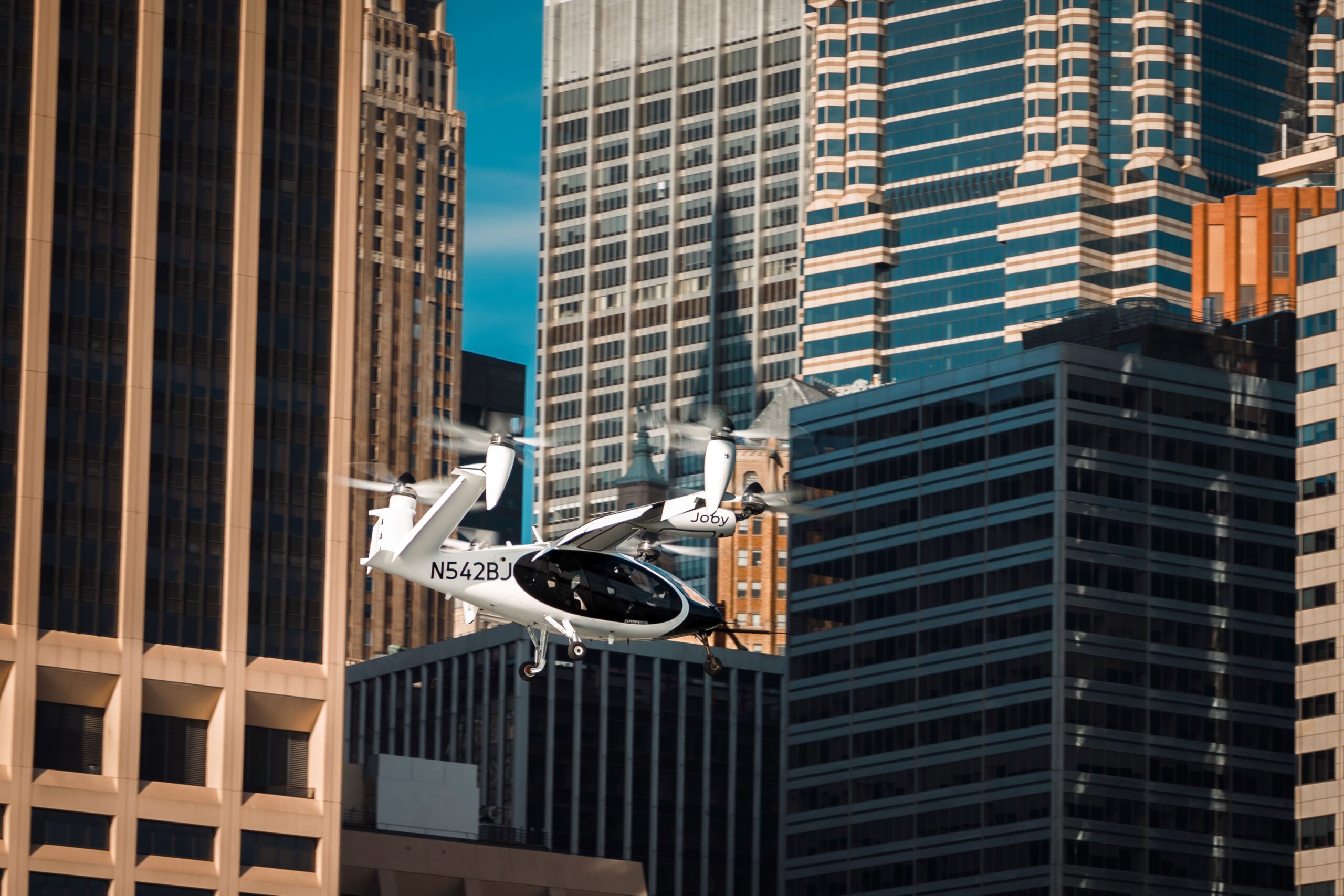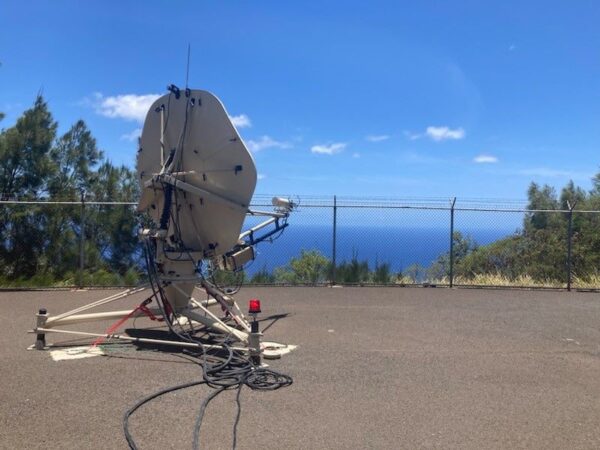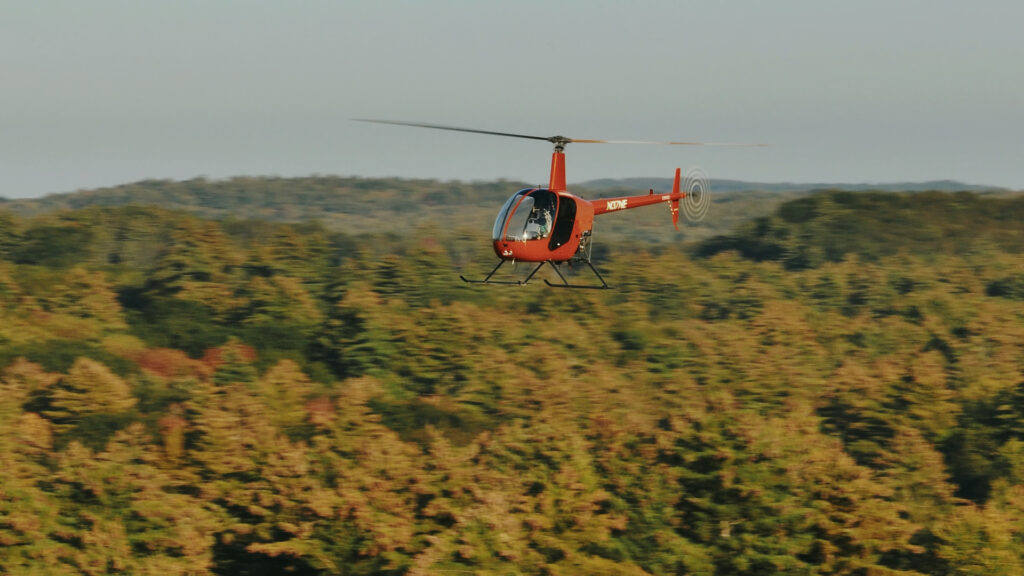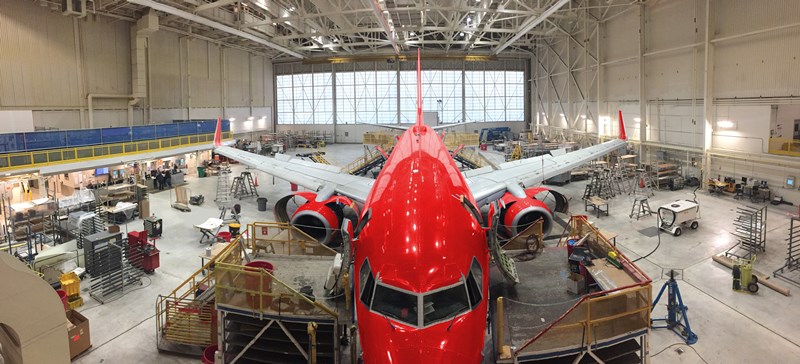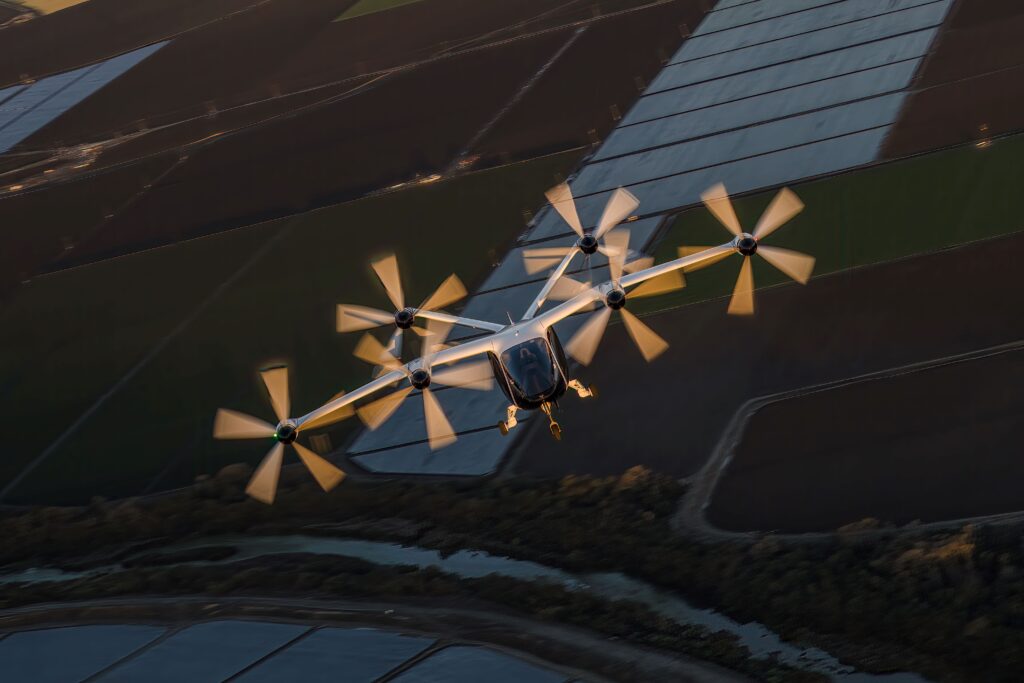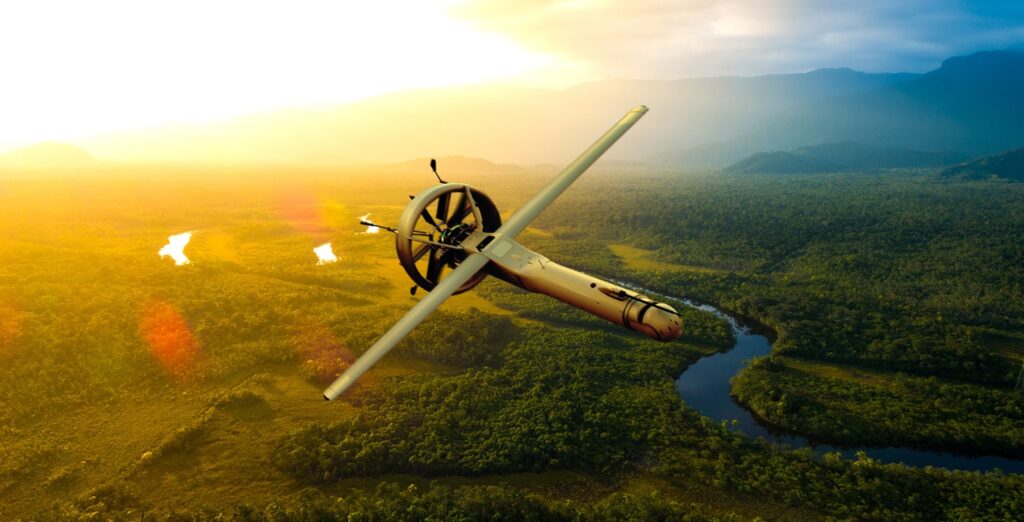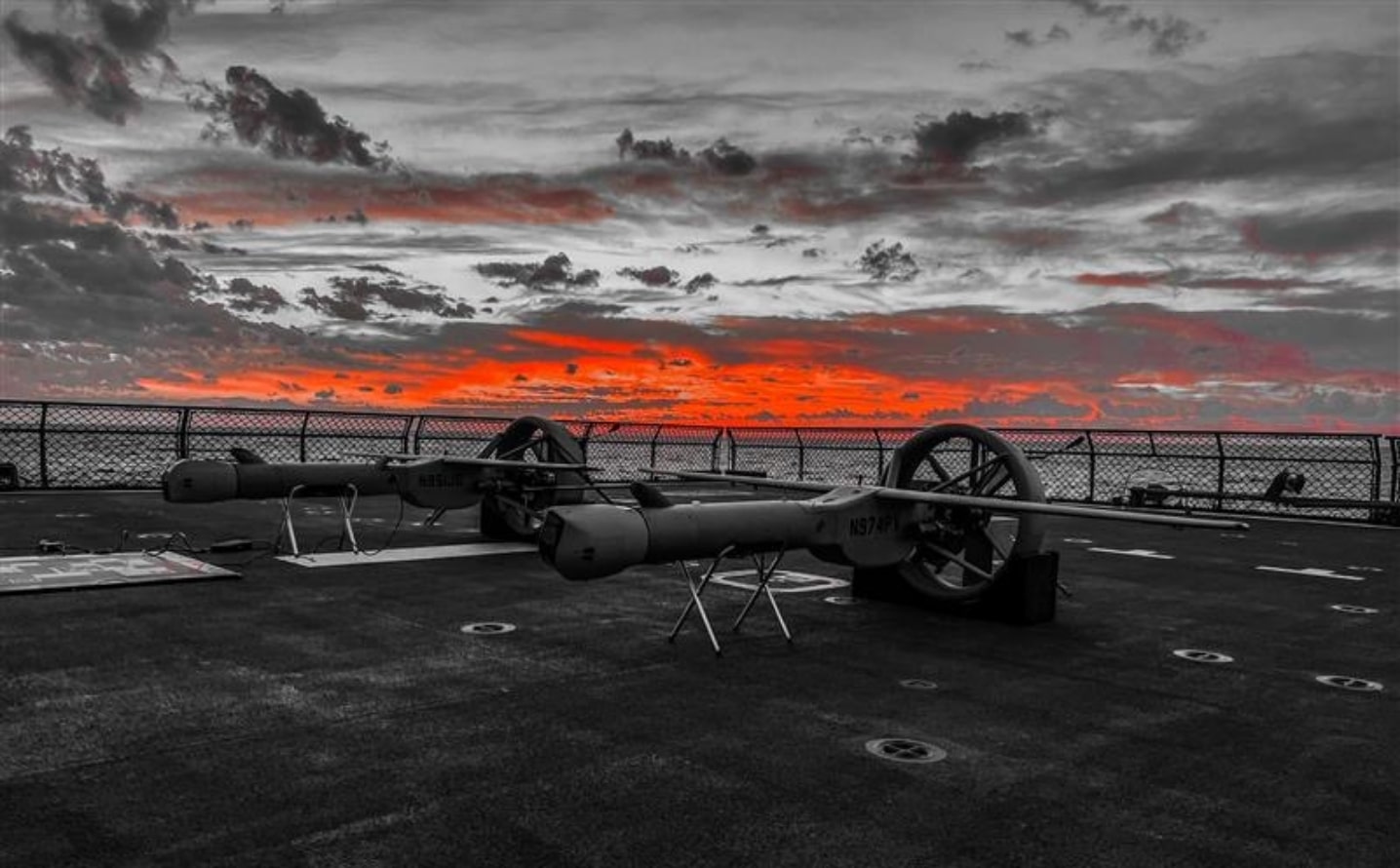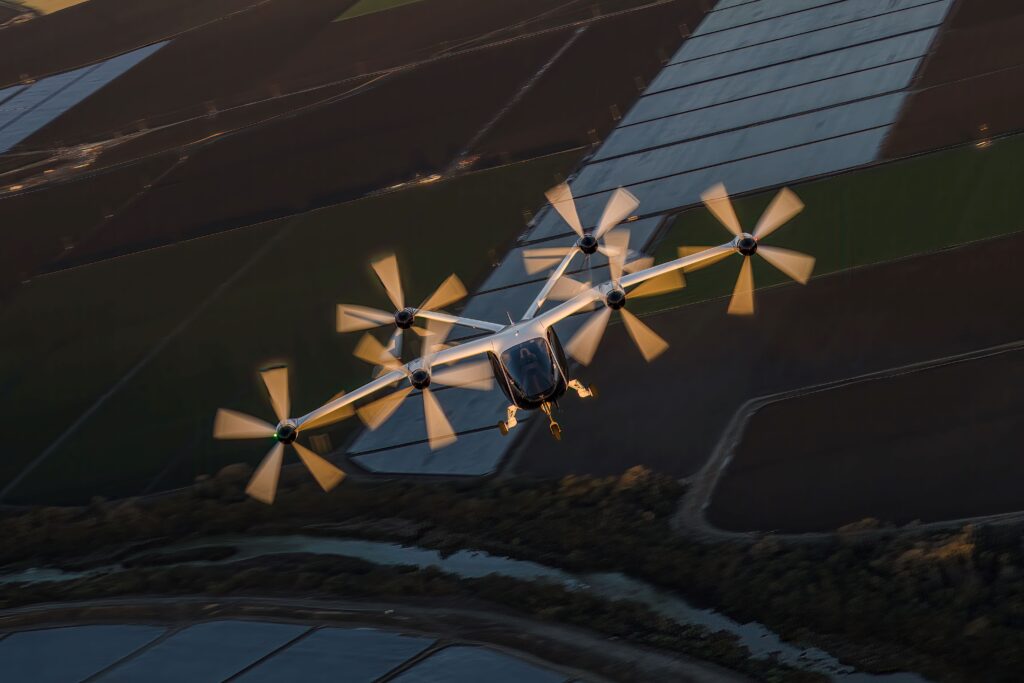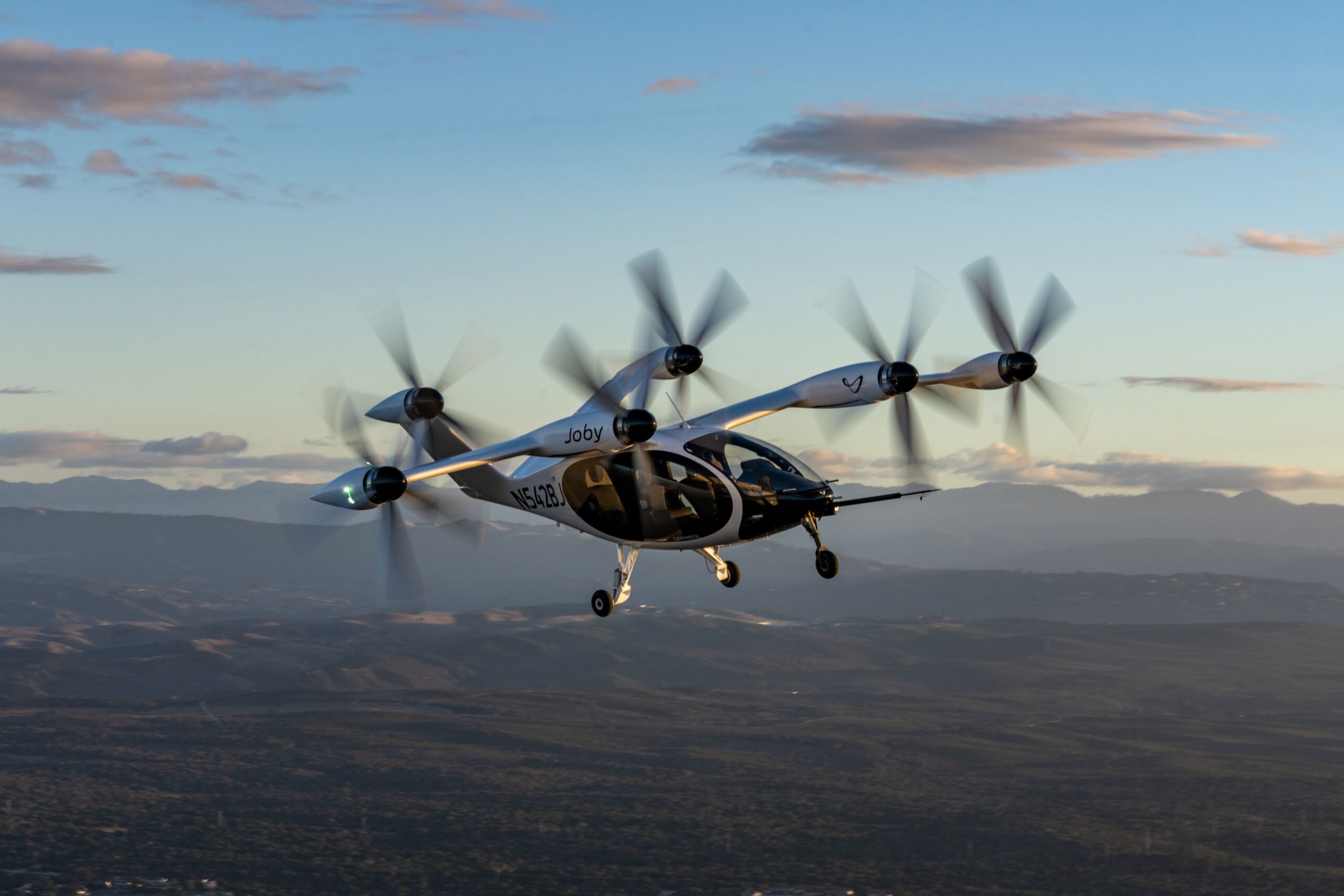Leonardo delivers first multifunction radar upgrade for U.K. Eurofighters
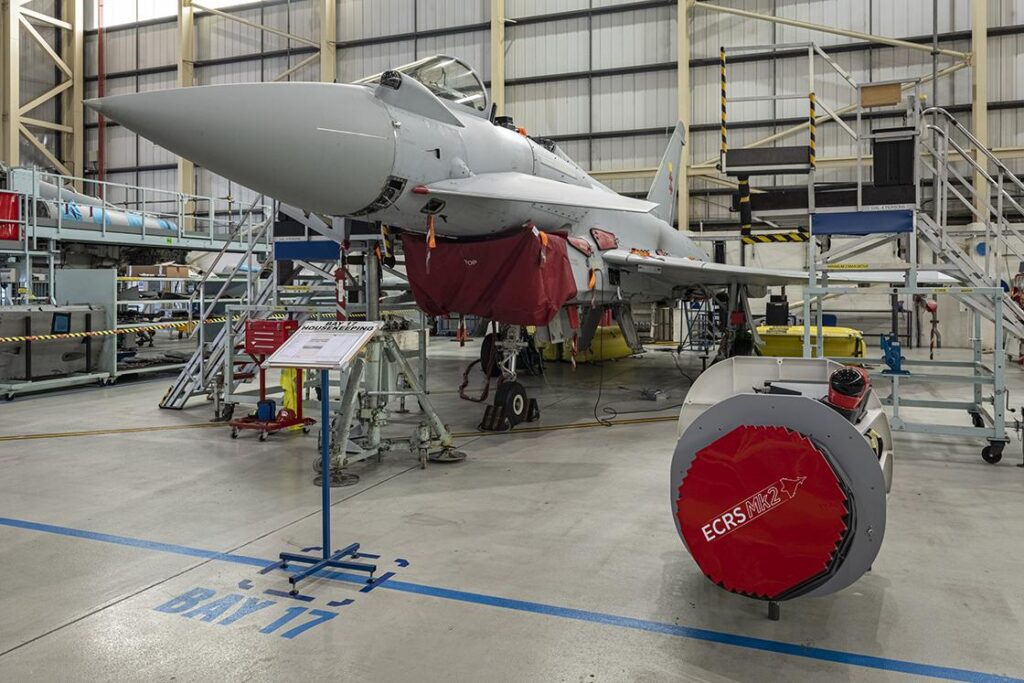
Leonardo has delivered the first prototype European Common Radar System Mk2 to BAE Systems for integration onto a U.K. Eurofighter Typhoon.
The new multifunction array radar will allow the Typhoon to better locate targets, perform electronic jamming attacks against enemy radars and stay further away while identifying and engaging potential threats.
Leonardo is developing the ECRS Mk2 in Edinburgh, where U.K.combat air radar capabilities are based, and Luton, where the company conducts advanced electronic warfare research, development and production.
The radar will now be integrated with a Typhoon, which will then undergo ground-based testing at BAE Systems’ flight-testing facility in Lancashire, U.K.., in preparation for its first flight tests on board the Eurofighter Typhoon next year.
“Delivery of the prototype radar to Warton is the latest key milestone in this exciting program,” said Lyndon Hoyle, head of the Typhoon Delivery Team at Defence Equipment and Support, the procurement arm of the UK Ministry of Defence. “It was only possible thanks to a lot of hard work and excellent collaboration across DE&S, Air Command and industry: ingredients for success that we shall take forward into the next phase of the program.”
The ECRS Mk2’s multifunctional array (MFA) can perform both traditional radar functions such as search and targeting, as well as electronic warfare tasks, Leonardo said. This means that Eurofighter Typhoon will be able to locate and deny use of an adversary’s radar with an electronic jamming attack while staying beyond the reach of threats, the company said.
“The ECRS Mk2 radar is one of a number of key capabilities which we are integrating to secure Typhoons as the backbone of air defense across the globe for decades to come,” said Richard Hamilton, Typhoon Program Director for Europe at BAE Systems Air. “Together with enhanced mission systems, advanced sensors, weapons and displays, we are delivering a sovereign capability which will keep RAF pilots safe and ensure the UK has the skills to continue to mature key technologies which support its future combat air ambitions.”
ECRS Mk2 is a wide-band array, which means not only can it detect its own active transmit-receive functions to detect targets, but it can also passively detect emissions through a far broader range of the spectrum, according to the Typhoon program, which published details of its radar upgrade program in July.
“It is able to track both airborne targets and surface-based emitters without having to discharge a signal itself,” the program explained. “It’s what’s called ‘a very high gain sensor’ which means it is able to emit across a wide frequency range and potentially disrupt hostile emitters whether they be surface or airborne. As an electronic attack and warfare tool the ECRS Mk2 will be incredibly capable — able to carry out sophisticated Electronic Warfare functions whilst performing its primary role as an air-to-air radar sensor.”
—————
Boost Internet Speed–
Free Business Hosting–
Free Email Account–
Dropcatch–
Free Secure Email–
Secure Email–
Cheap VOIP Calls–
Free Hosting–
Boost Inflight Wifi–
Premium Domains–
Free Domains






